North Atlantic Sea Surface Temp Anomaly

Hey there, friend! Today, I wanted to tell you about an interesting topic that revolves around the weakening North Atlantic Current. This phenomenon is being captured by satellites and has caught the attention of scientists worldwide. So, let's dive right in and explore the impact of this current on our oceans!
The North Atlantic Current plays a crucial role in regulating the Earth's climate, transporting warm and salty water from the tropics to the North Atlantic. This flow of warm water influences the climate of various regions, including Europe. However, recent satellite records have revealed a weakening in this current, causing concern among scientists.
The Importance of the North Atlantic Current
The North Atlantic Current, also known as the Gulf Stream, is a powerful ocean current that transports heat from the tropics towards the poles. This warm water flow influences weather patterns, affecting both marine and terrestrial ecosystems. Its impact extends beyond the Atlantic Ocean, reaching continents like Europe and North America.
Factors Affecting the North Atlantic Current
Various factors contribute to the behavior of the North Atlantic Current. Changes in wind patterns, ocean salinity, and temperature gradient all play a role in its strength and direction. Additionally, melting ice caps due to climate change can alter the current's flow, as freshwater reduces its salinity.
1. Wind Patterns: Wind patterns in the North Atlantic can influence the intensity of the current. Stronger winds can enhance the flow, while weaker winds can slow it down or even cause temporary reversals.
2. Ocean Salinity: Salinity levels affect the density of water. Higher salinity makes water denser, enabling it to sink and drive the flow of the current. Any changes in salinity due to factors like melting ice or increased precipitation can impact the current's strength.
3. Temperature Gradient: The temperature difference between the tropical and polar regions is a significant driving force for the North Atlantic Current. A larger temperature gradient leads to a more vigorous flow, while a smaller gradient weakens it.
Concerns Over Weakening
The recent weakening of the North Atlantic Current has raised concerns among scientists and researchers. This phenomenon could have far-reaching consequences, impacting weather patterns, marine ecosystems, and even global climate systems. Let's take a look at some of the concerns:
1. Climate Impact
A weakened North Atlantic Current could disrupt the climate balance in regions influenced by its warm water flow. Europe, in particular, heavily benefits from the current's warming effect. A decline in its strength may lead to colder temperatures and altered weather patterns, affecting agriculture, ecosystems, and potentially causing extreme weather events.
2. Ocean Circulation
The North Atlantic Current is part of a global ocean conveyor belt known as the thermohaline circulation. Weakening this current can disrupt the flow of the entire system, impacting the distribution of heat and nutrients worldwide. This disruption could affect marine life, including fish populations and the productivity of coastal ecosystems.
3. Sea Level Rise
A weakened North Atlantic Current may lead to increased sea levels along the eastern coast of the United States. This occurs due to a decrease in the transport of warm water northward and the subsequent reduction in heat being released into the atmosphere. The redistribution of heat may cause sea levels to rise unevenly, affecting coastal communities.
Benefits and Advantages
While the weakening of the North Atlantic Current presents concerns, it also provides opportunities for scientific research and understanding. Monitoring and studying this phenomenon allow scientists to gain insights into the complex interactions between oceanic and atmospheric processes. By unraveling the causes and consequences of the weakening, experts can better predict future climate scenarios and potentially implement measures to mitigate its adverse effects.
Conclusion
In conclusion, the weakening North Atlantic Current is a topic of significant scientific interest. Its impact on climate, ocean ecosystems, and sea level rise cannot be understated. However, through ongoing research and monitoring, we can hope to better understand and address the challenges posed by this phenomenon. Preserving the health and stability of our oceans is crucial for the well-being of our planet and future generations.
Remember, my friend, the ocean's currents connect us all, and it's up to us to protect and preserve this remarkable ecosystem!
People Also Ask
Why is the North Atlantic Current important?
The North Atlantic Current is important because it helps regulate the Earth's climate, transporting warm water from the tropics to the North Atlantic and influencing weather patterns.
What factors affect the North Atlantic Current?
The North Atlantic Current is affected by wind patterns, ocean salinity, and temperature gradient.
What are the concerns over the weakening of the North Atlantic Current?
The concerns over the weakening of the North Atlantic Current include potential impacts on climate, ocean circulation, and sea level rise.
If you are looking for North Atlantic ( a ) annual mean sea surface height anomaly, a proxy... | Download Scientific you've visit to the right web. We have 25 Pics about North Atlantic ( a ) annual mean sea surface height anomaly, a proxy... | Download Scientific like The Atlantic is running a fever | ArcticRisk Platform, Sea surface temperatures breaking records – Weather News Hubb and also Atlantic Sea Surface Temperature Anomaly : Image of the Day. Here it is:
North Atlantic ( A ) Annual Mean Sea Surface Height Anomaly, A Proxy... | Download Scientific
 www.researchgate.net
www.researchgate.net anomaly
Sea Surface Temperatures Breaking Records – Weather News Hubb
 weathernewshubb.com
weathernewshubb.com Atlantic Sea Surface Temperature Anomaly
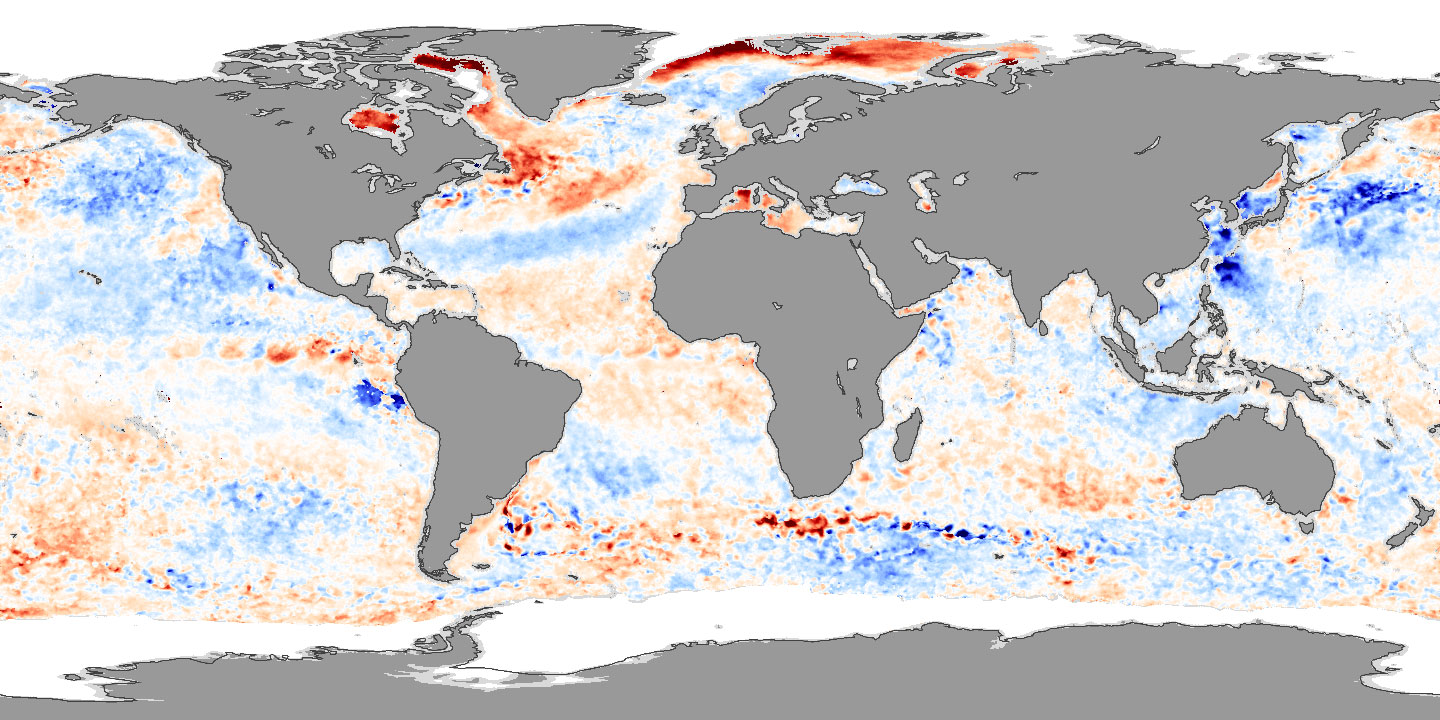 earthobservatory.nasa.gov
earthobservatory.nasa.gov sea surface atlantic temperature anomaly nasa sst ocean oceans gov 2006
Climate Signals | Map: May 26, 2016 North Atlantic Sea Surface Temperature Anomaly
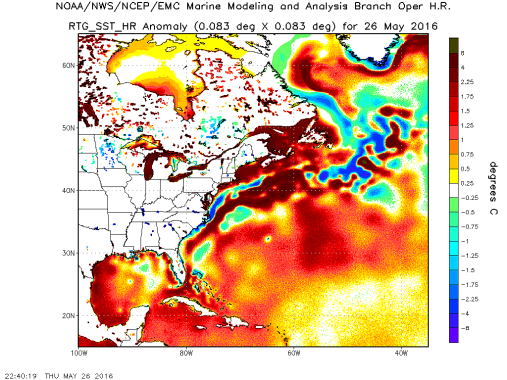 www.climatesignals.org
www.climatesignals.org atlantic anomaly
The Atlantic Is Running A Fever | ArcticRisk Platform
 arcticrisk.org
arcticrisk.org Sea Surface Temperature Anomaly Timeline: 1982-2017 - YouTube
 www.youtube.com
www.youtube.com anomaly temperature surface sea 1982
Map: Atlantic Sea Surface Temperature Anomaly, Sep 8, 2018 | Climate Signals
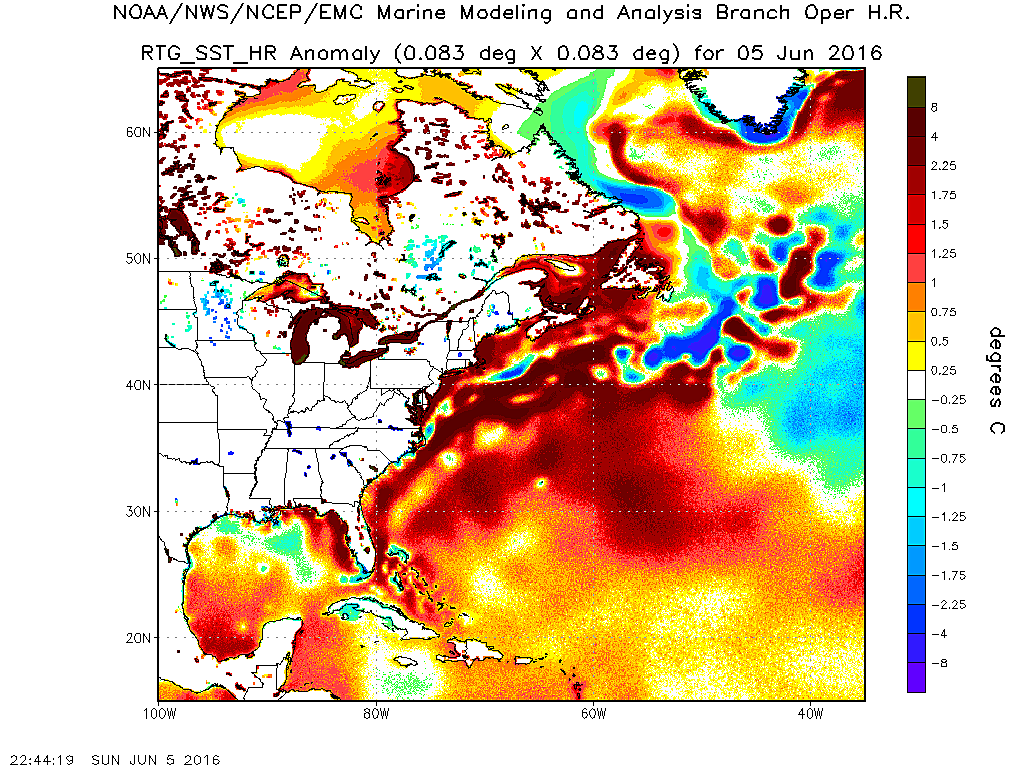 www.climatesignals.org
www.climatesignals.org anomaly atlantic temperature sea surface map june sep sst early 1961 climatology 1990 climatesignals resources
What Drives The North Atlantic Oscillation’s Temperature Anomaly Pattern? Part I: The Growth And
 journals.ametsoc.org
journals.ametsoc.org oscillation atlantic
Ocean Currents
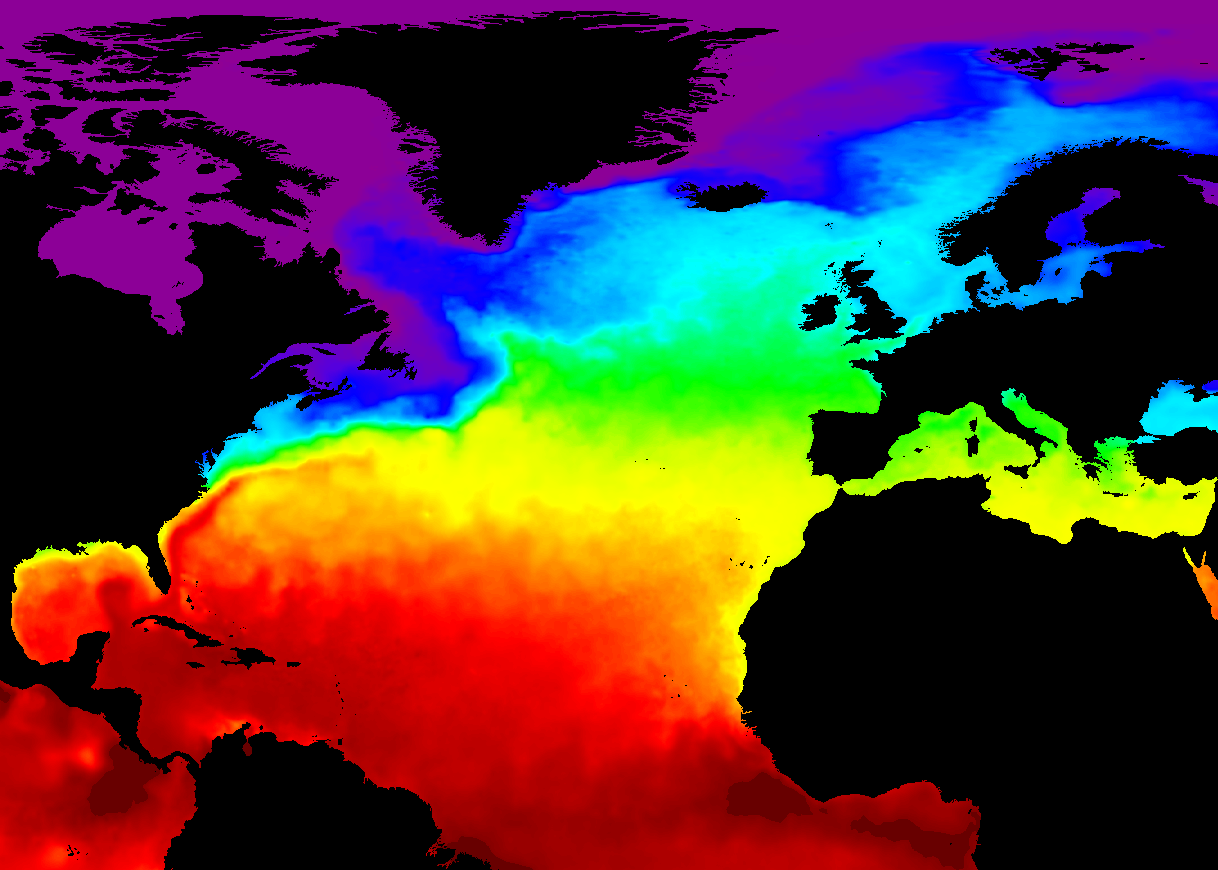 seos-project.eu
seos-project.eu atlantic north currents ocean sst boundary western january 2008
(Friday 21/7) North Atlantic Sea Surface Temperature Anomaly Surges To *another* Record With
 www.reddit.com
www.reddit.com Seasonal Cycle And Anomaly At NDBC 44025 – Ocean Data Lab
 datalab.marine.rutgers.edu
datalab.marine.rutgers.edu ndbc anomaly ocean datalab rutgers
Annual North Atlantic Sea Surface Temperatures Between 18562017. The... | Download Scientific
Atlantic Sea Surface Temperature Anomaly : Image Of The Day
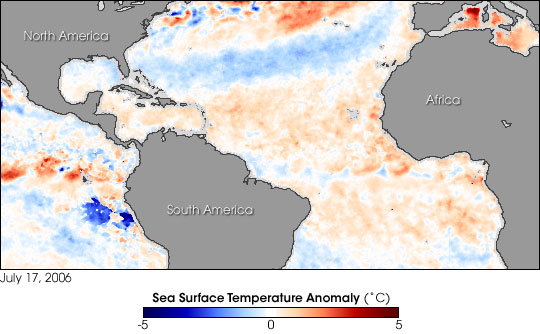 earthobservatory.nasa.gov
earthobservatory.nasa.gov anomaly
What’s Going On In The North Atlantic? By Stefan Rahmstorf
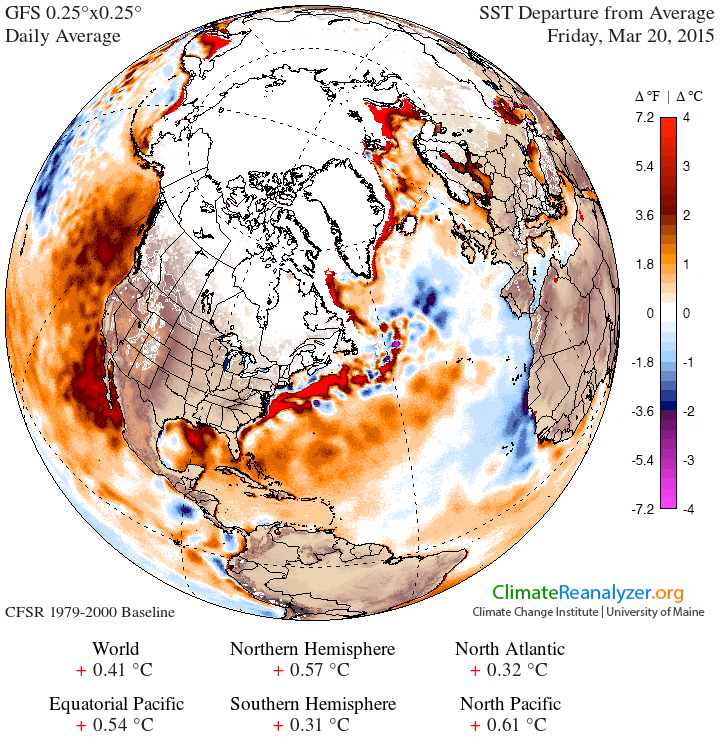 www.countercurrents.org
www.countercurrents.org atlantic anomaly temperature surface fig sea march
(PDF) Fisheries Management In A Changing Climate: Lessons From The 2012 Ocean Heat Wave In The
 www.researchgate.net
www.researchgate.net sst gulf anomalies anomaly fisheries
SITUATION GENERALE ET ANALYSES DE SURFACE
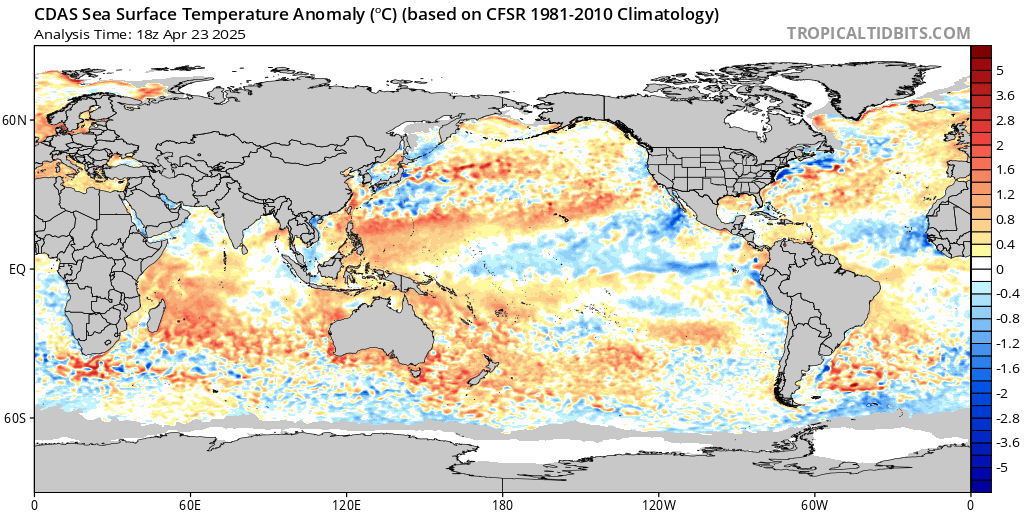 www.meteodesiles-meteodescyclones.net
www.meteodesiles-meteodescyclones.net analyses situation cdas anomalie oceans
Map: Atlantic Sea Surface Temperature Anomaly, October 5, 2017 | Climate Signals
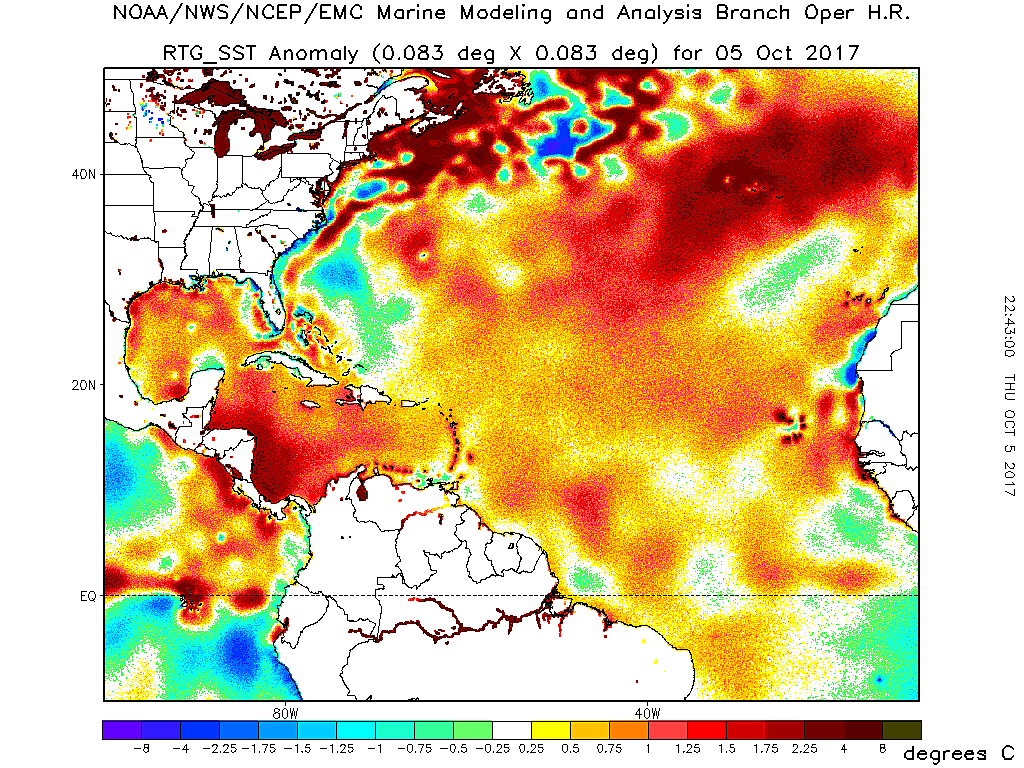 www.climatesignals.org
www.climatesignals.org Climate Change Indicators: Sea Surface Temperature | US EPA
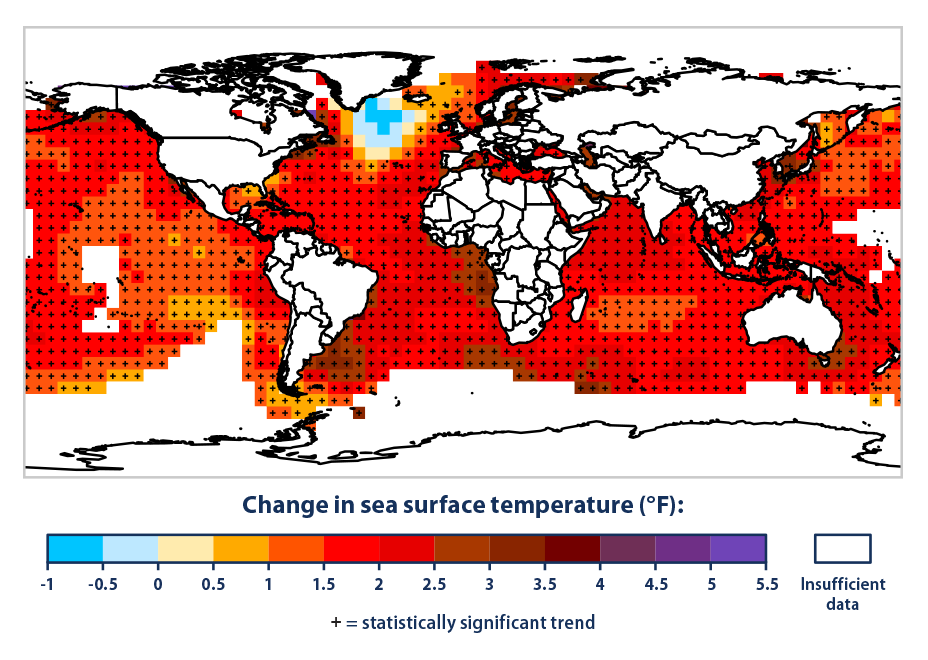 www.epa.gov
www.epa.gov indicators 1901 changed
Atlantic Ocean Showing Signs Of A Significant Shift To Cold Phase - The Global Warming Policy
atlantic surface temperature ocean winter sea season warm forecast cold anomalies agency marine courtesy earth science technology japan temperatures shift
Ocean Motion : Impact : Satellites Record Weakening North Atlantic Current
 oceanmotion.org
oceanmotion.org atlantic north nasa ocean current impact temperatures sea surface temperature climate colder winters continues trend gov satellites weakening record centers
Climate Change Indicators: Sea Surface Temperature | US EPA
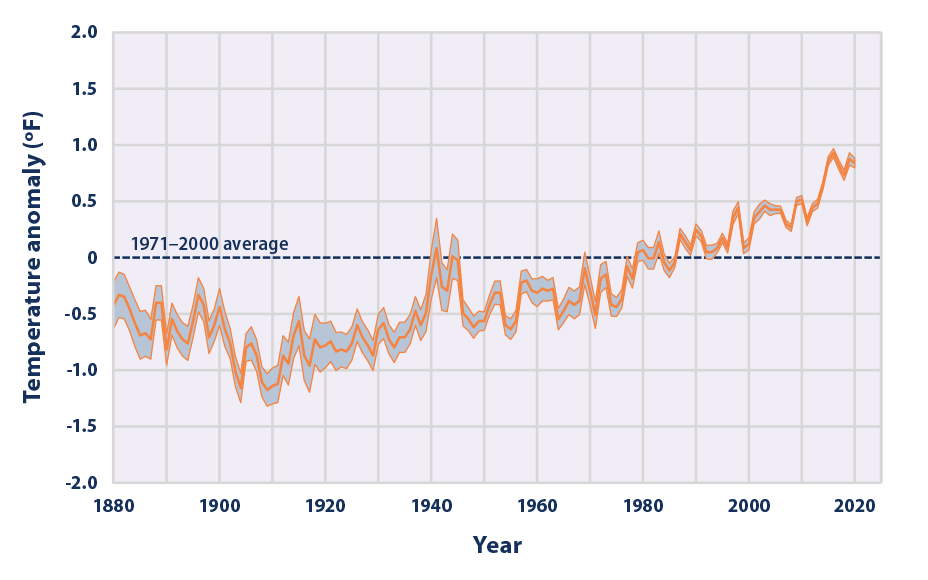 www.epa.gov
www.epa.gov climate 1880 indicators temp epa
New Data Visualization Shows 2017 Sea Surface Temperatures In The Atlantic Ocean | NOAA National
surface sea atlantic temperature temperatures anomaly data visualization ocean shows nesdis noaa anomalies mapping north
Ocean Dynamics May Drive North Atlantic Temperature Anomalies - Eos
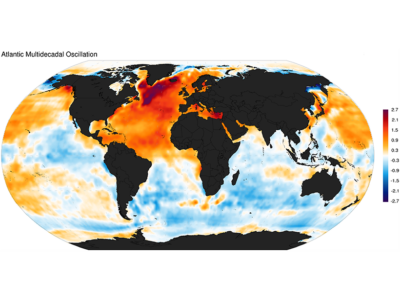 eos.org
eos.org anomalies multidecadal oscillation
Sea Surface Temperature Anomaly In The North Atlantic For July 2017 (a)... | Download Scientific
atlantic surface anomaly
North-Atlantic Sea Temperature Anomaly Map
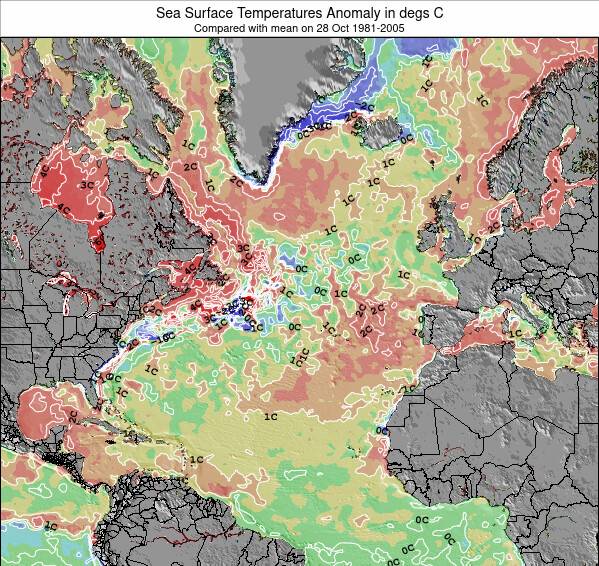 www.surf-forecast.com
www.surf-forecast.com atlantic north sea map anomaly
Seasonal cycle and anomaly at ndbc 44025 – ocean data lab. Atlantic anomaly temperature surface fig sea march. Ocean dynamics may drive north atlantic temperature anomalies
Comments
Post a Comment